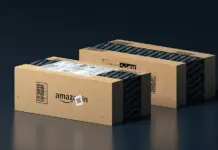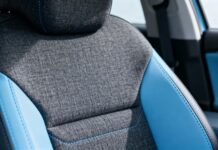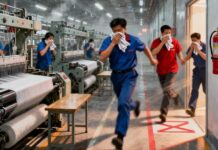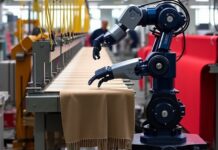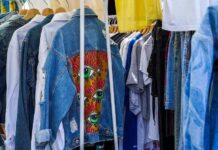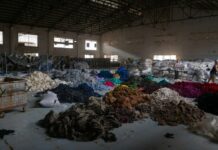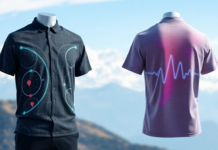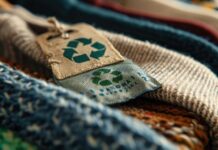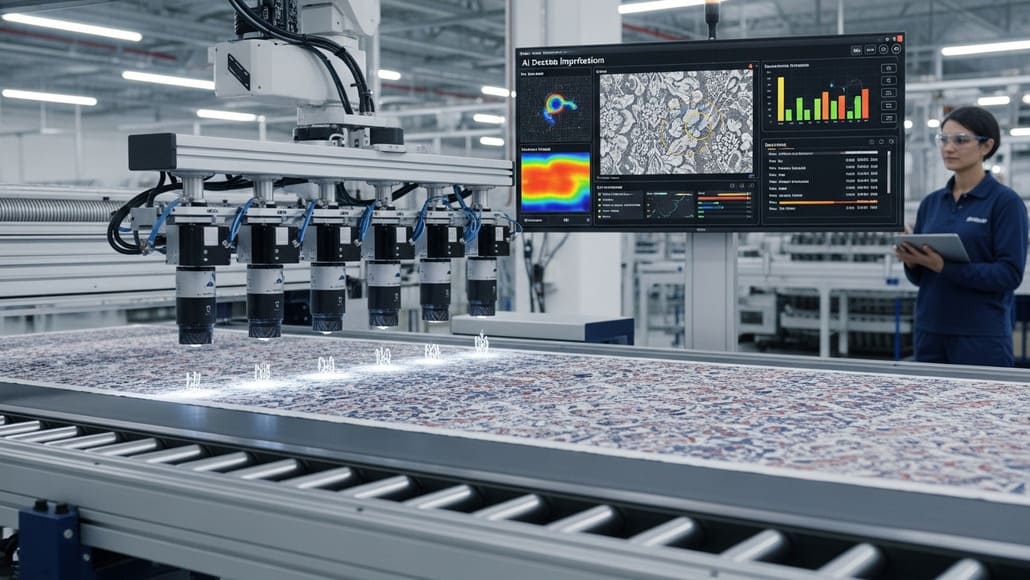For decades fabric quality relied on inspectors staring at rolling cloth under fluorescent lights. Studies still show human error rates of 15‑20 per cent in daylight and up to 35 per cent on night shifts—a gap that costs manufacturers an estimated $27 billion a year in returns and lost contracts. Modern buyers demanding zero‑defect deliveries, traceable reporting and ever‑shorter lead times have turned that gap into an existential risk.
Artificial intelligence offers a fundamentally different model: high‑resolution cameras capture thousands of frames per second; convolutional neural networks classify every pixel; anomalies are marked, mapped and stored. The system never tires, never loses concentration and feeds live alerts to operators or straight to the loom control PLC.
How the technology performs in practice
Real‑world numbers now eclipse laboratory promises. AI fabric‑inspection systems consistently exceed 95 per cent detection accuracy—often topping 99 per cent—while scanning cloth 20‑30 times faster than manual methods. In Germany a leading technical‑textile maker saved more than $2 million in a single year after machine vision from Robro Systems identified micro‑tears human eyes could not catch.
The economic logic rests on three pillars: fewer metres scrapped or reworked, shorter claim cycles with buyers and faster root‑cause analysis that lifts first‑pass yield. Tintex Textiles in Portugal installed Smartex AI cameras across 21 knitting machines; nine months later defect rates linked to needle and sinker faults fell by 41 per cent and elastane‑yarn issues by 51 per cent, delivering payback in under a year and a six‑times return on investment. Merboy Tekstil in Turkey achieved similar numbers—in five months the plant recovered its investment while cutting waste on fashion knits.
Market momentum and scale
These isolated successes are now rolling into industry‑wide uptake. Analyst data place the dedicated AI fabric‑inspection market at roughly $1.2 billion in 2024, set to expand at 29.7 per cent compound annual growth to 2030 as brands and regulators push for defect traceability. Surveys show 68 per cent of fabric manufacturers have already woven AI into quality‑control processes, with many planning additional modules for predictive maintenance and inventory.
Turkish shirting giant Söktaş offers a benchmark for scale: after retrofitting its denim lines in 2022 the mill reported a 40 per cent drop in defect‑related waste while maintaining 120 metres‑per‑minute throughput. In Asia’s mass‑market supply chains the economics are equally persuasive. Eighteen Dhaka factories installed modular AI cameras last year to meet EU retail standards, targeting pinhole defects that had pushed rejection rates above seven per cent.
Beyond detection: analytics and process control
Vision is only the entry point. Because every defect is geo‑tagged and time‑stamped, AI platforms build heat‑maps that reveal systemic problems: worn needles, yarn lot issues, humidity swings or machine misalignment. Predictive models then suggest parameter changes or schedule maintenance before failures propagate downstream.
Robro’s KWIS system, for example, feeds real‑time alerts to knitting supervisors; micro‑tears detected at source prevented an entire batch of conveyor‑belt fabric from failing later tensile tests. The company cites 25 per cent higher detection accuracy than manual inspection and significant reductions in customer returns.
Vendor collaboration is accelerating capabilities. Uster Technologies’ partnership with analytics firm insight4ap lifted defect‑detection accuracy by 40 per cent compared with legacy optical systems, while Loepfe Textile’s Azure‑enabled dashboards give multinational groups a single view of defects across multiple mills and continents.
Integration with supply‑chain and compliance systems
Quality data no longer lives in a silo. Industry 4.0 strategies connect inspection cameras to ERP, MES and customer portals, generating digital defect maps, ISO‑compliant certificates and, increasingly, inputs for the European Union’s forthcoming Digital Product Passport. Pakistan’s Nishat Mills leveraged AI inspection reports to secure $48 million in premium EU contracts last year, the certification paperwork produced automatically at the press of a button.
For brands committed to ESG targets AI inspection provides quantifiable waste reduction. Patagonia reports fabric scrap down 28 per cent after switching to AI verification in 2021, dovetailing with its circular‑economy goals, while Nike applies hyperspectral imaging AI to validate elasticity and weave density in performance fabrics.
Barriers and cost curves
Up‑front capital for a new vision line ranges between $150,000 and $500,000. Smaller mills often blanch at the figure, but several forces are cutting the entry threshold. First, retrofit kits that bolt cameras and edge processors onto 10‑year‑old inspection frames cost around 40 per cent less than full replacements. Second, vendors now offer subscription or pay‑per‑metre models; Southeast‑Asian micro‑factories are paying fractions of a cent per inspected metre, converting CapEx into OpEx.
Labour concerns persist, yet early adopters show AI augments rather than eliminates expertise. Indonesia’s Pan Brothers retrained 140 supervisors to act on AI outputs, resolving defects six times faster and earning staff a negotiated 14 per cent wage premium for their new digital skills.
The road ahead
Regulatory dynamics will accelerate adoption. The EU’s product‑passport regime, due in 2027, requires machine‑verifiable quality records few manual systems can generate. At the same time, fashion’s five‑week design‑to‑store cycles demand inspection that keeps pace without sacrificing accuracy. AI meets both tests.
Edge computing will further shrink latency; upcoming cameras run neural networks on-device, eliminating the need for costly server racks. Hyperspectral sensors promise chemical as well as structural analysis, flagging dye‑bath residue or formaldehyde traces in the same pass that spots broken weft. In parallel, generative‑AI design tools will loop quality data back to R&D, predicting which yarn counts or weave patterns carry higher defect risks before sampling even begins.
Investment analysts already position AI inspection as one of the fastest routes to climate‑impact reduction in textiles, with waste savings translating directly into lower CO₂ emissions. A McKinsey life‑cycle study found every percentage point reduction in fabric scrap cuts a mill’s greenhouse footprint by roughly 1.2 per cent—making defect‑prevention a measurable sustainability lever.
Conclusion
Fabric inspection is often called the last analogue stronghold in a digitally advancing industry. Artificial intelligence has now breached that bastion. Whether in a Portuguese circular‑knit mill or a Turkish denim plant, the evidence is clear: AI vision catches more defects, catches them earlier and turns inspection from a defensive cost centre into a data engine for process improvement.
Manufacturers that move first gain quantifiable advantages—lower waste, faster cycles, documented compliance and growing trust from both regulators and global brands. Those that wait risk finding their quality narrative written for them by cameras installed in their competitors’ halls.
In a market where one wrongly dyed bolt can stall an entire shipment, intelligence at the inspection frame is shifting from innovation to necessity. The next time a buyer asks how a defect escaped, the smart factory will have an answer—backed by a terabyte of images, timestamps and corrective actions. In the new language of textile quality, AI is fluent, tireless and increasingly mandatory.






